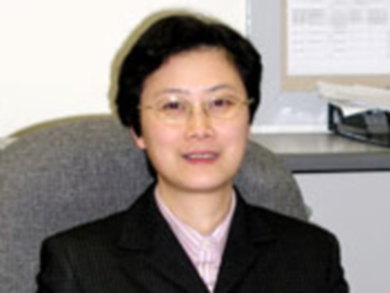Inorganic chemistry has a long and prestigious history, with Nobel Prizes awarded to Werner for his work on the linkage of atoms in molecules, and to Fischer and Wilkinson for their work on sandwich compounds. But is the perception of inorganic chemistry as a narrow discipline really valid?
In her Editorial in Angewandte Chemie, Vivian Wing-Wah Yam, University of Hong Kong, discusses how inorganic chemistry has developed from the study of transition metal complexes to a multidisciplinary area that is present in many other branches of science in our everyday lives. For example, light-emitting diodes and optical displays, dye-sensitized solar cells, metal-organic frameworks (MOFs), and metal catalysts all have practical applications.
Furthermore, inorganic chemistry can be applied to medicine, with cis-platin being a prime example. The barriers of traditional inorganic chemistry have been broken down and many more opportunities for discovery lie ahead.
- Inorganic Chemistry: A Prestigious History and a Bright Future,
Vivian W.-W. Yam,
Angew. Chem. Int. Ed. 2015.
DOI: 10.1002/anie.201504512
Also of Interest
- Women in Chemistry – Interview with Vivian Yam,
ChemViews Mag. 2011.
DOI: 10.1002/chemv.201000098
Vivian Yam, University of Hong Kong, was the youngest member to join the Chinese Academy of Sciences




